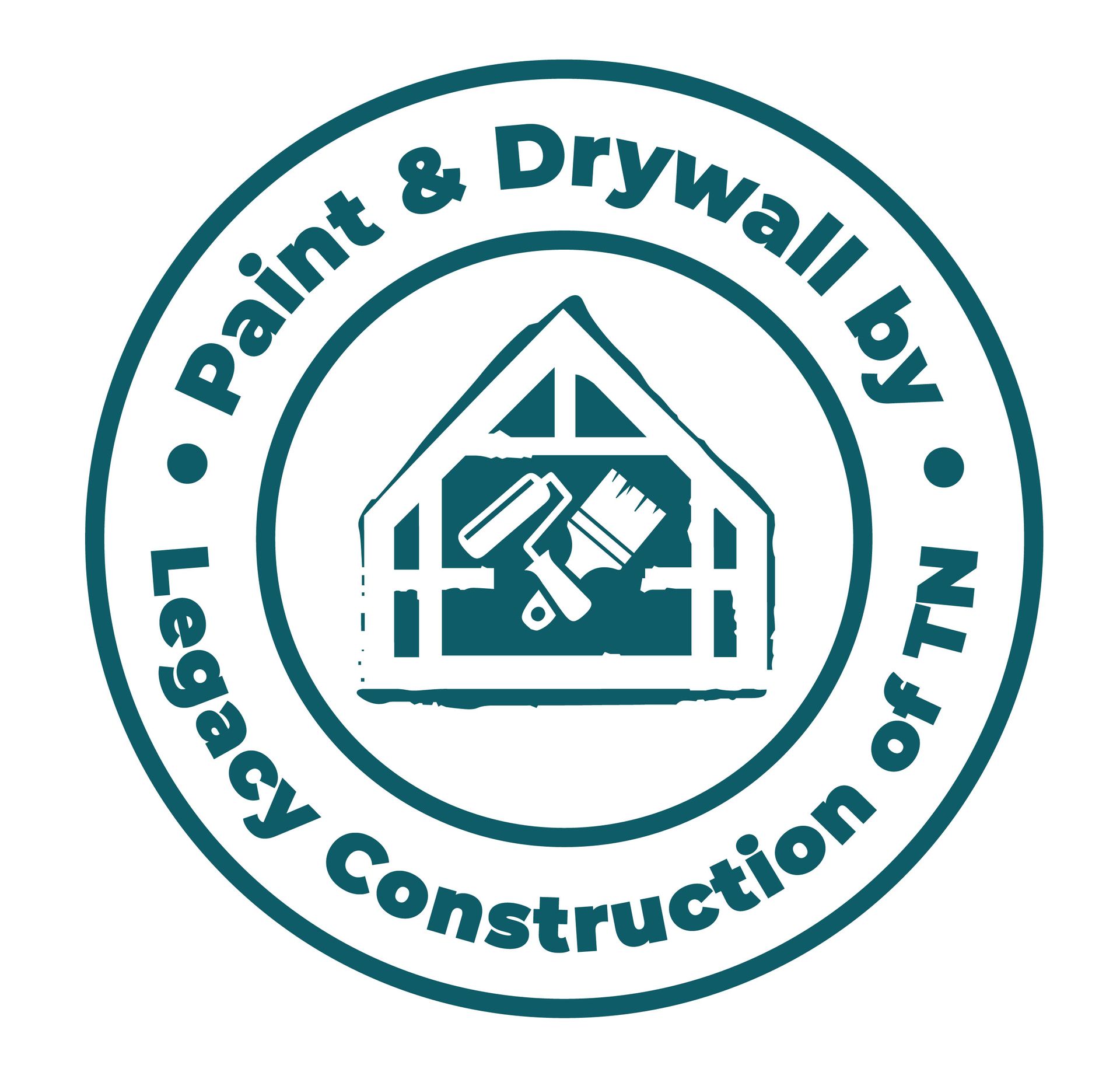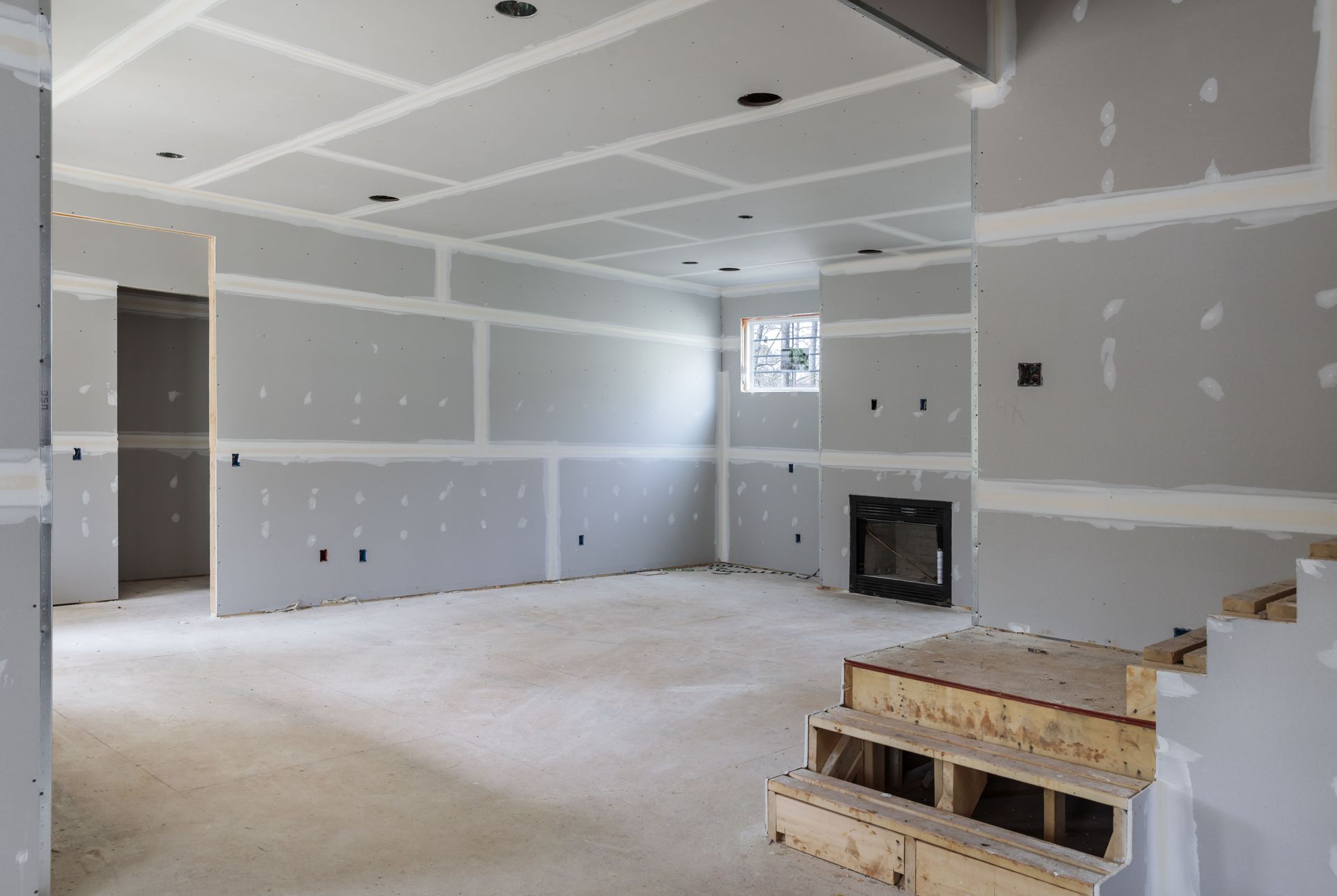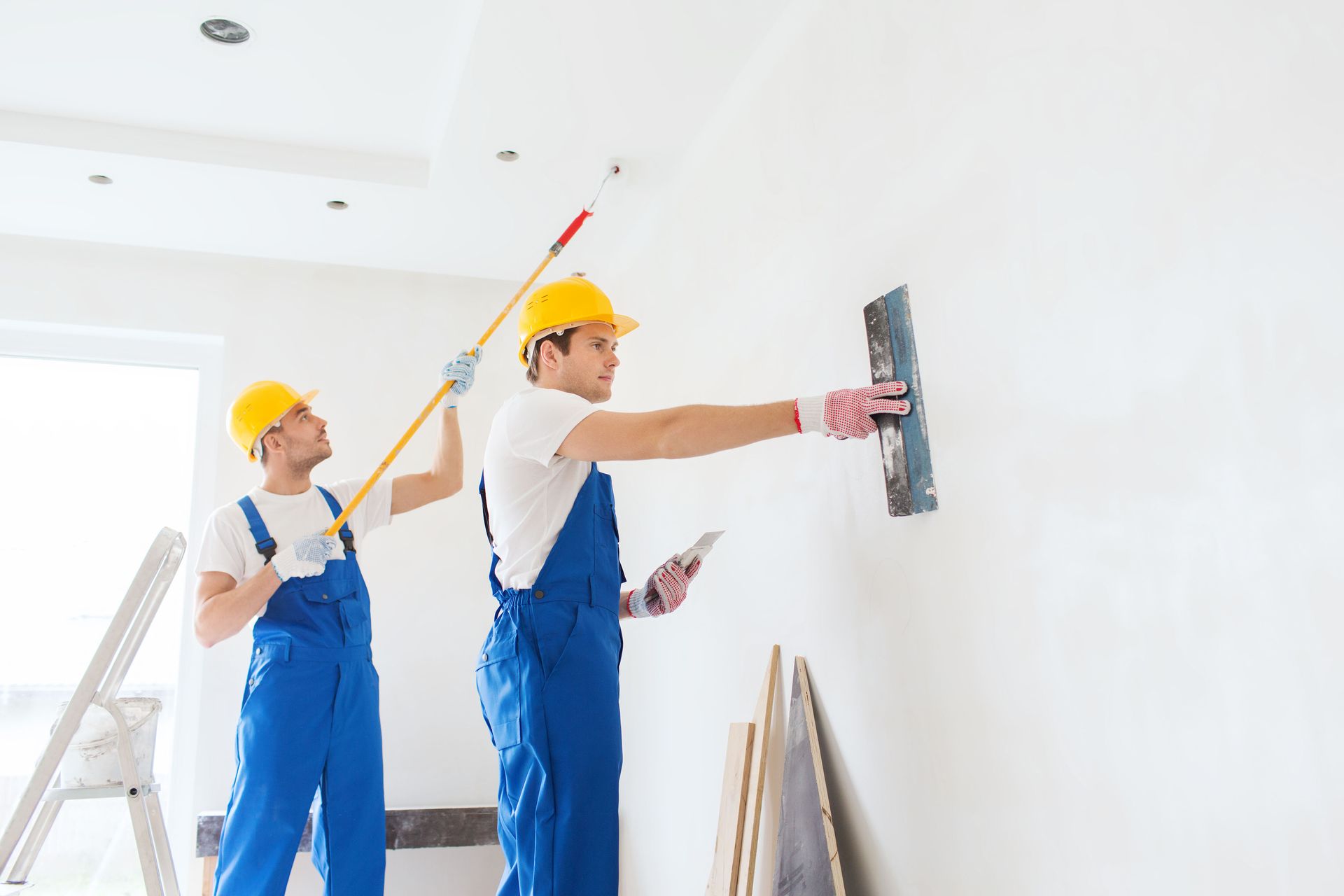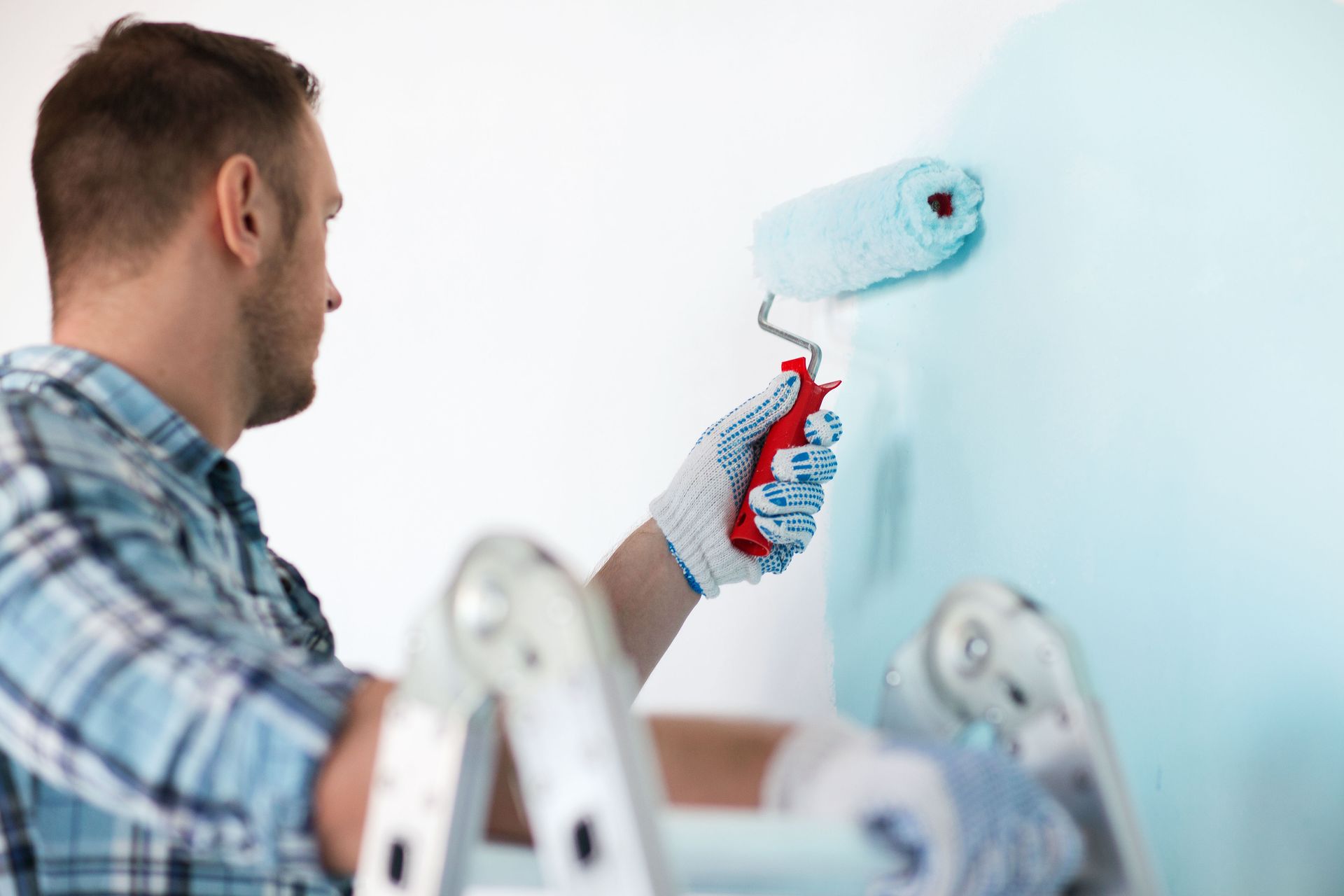The Evolution of Drywall as a Standard in Construction
Over the past century, drywall has become an integral part of modern construction, redefining how buildings are planned, executed, and renovated. This lightweight, flexible material has replaced traditional plaster walls, offering builders and homeowners a quick, efficient option for creating smooth surfaces. The journey of drywall from its early inception to a staple in the construction industry is a fascinating evolution that highlights innovation and adaptation in building practices.
Tracing the Origins of Drywall
The history of drywall began in 1916 when the U.S. Gypsum Company introduced Sackett Board, a forerunner to the modern drywall. Initially, its acceptance was slow due to the construction industry's reliance on conventional plaster methods, which builders were accustomed to. According to HowStuffWorks.com, while it only took a few years for this board to evolve into the material we know today, it took 25 years for builders to begin using drywall in any substantial quantity. The slow adoption was partly due to skepticism about its durability and quality compared to traditional methods.
Meeting Housing Demands With Drywall
The post-World War II building boom was a turning point for drywall. The need for rapid construction to accommodate returning soldiers and their families led to a shortage of skilled plasterers. Consequently, builders sought faster, more economical ways to complete homes, and drywall provided a perfect solution. It simplified the process, reduced building time, and decreased labor costs, making it an attractive option in the face of a booming housing market. This pivotal period boosted drywall's popularity, marking a significant shift in construction norms.
Expanding Drywall’s Modern Applications
The rise of modern, minimalist design aesthetics further cemented drywall's place in construction. Its smooth, flat surface fits well with contemporary architectural desires for clean lines and open spaces. Industry advancements have also enhanced drywall's utility, with variations that are fire-resistant, water-resistant, and even soundproof, expanding its applications beyond traditional walls and ceilings. As a result, drywall has grown from a convenient alternative to a critical component in custom construction and interior design.
Today, drywall remains a preferred choice in the industry due to its versatility and practicality. Its ability to meet the demands of modern design while maintaining cost-effectiveness makes it irreplaceable in today's construction market. Looking at the trajectory of drywall, it becomes evident that innovation, necessity, and adaptability have been key in its journey, turning it from a revolutionary idea into a building standard. If you need a painting contractor for your next drywall project, make sure to contact Legacy Construction of TN today!





Share On: